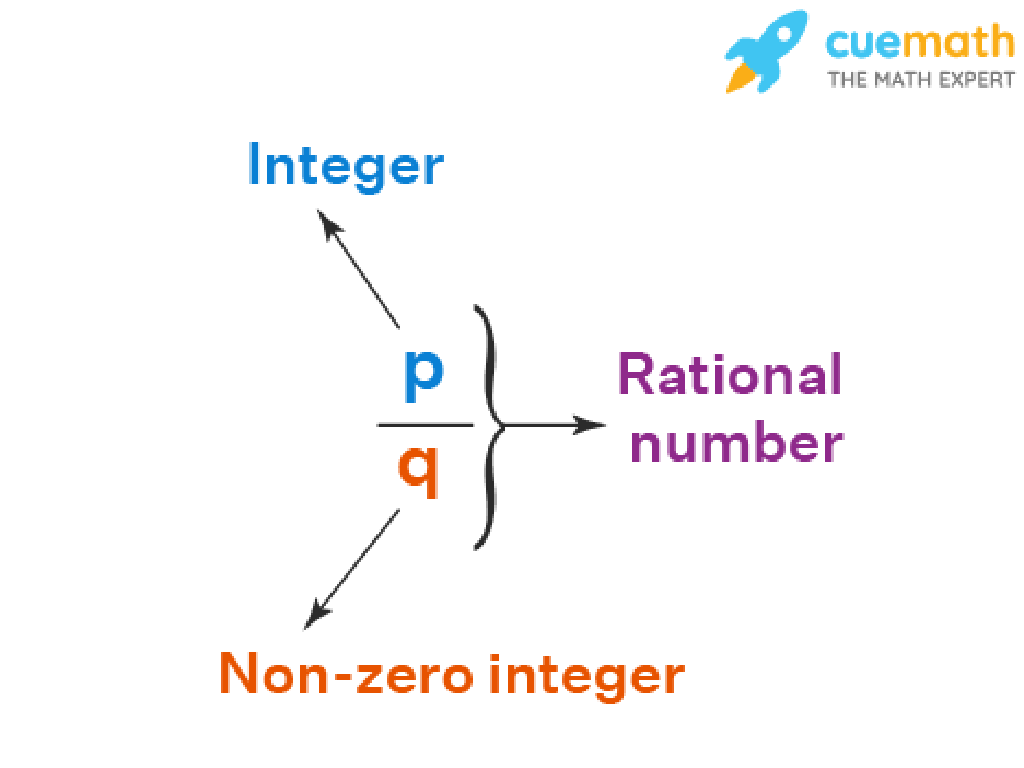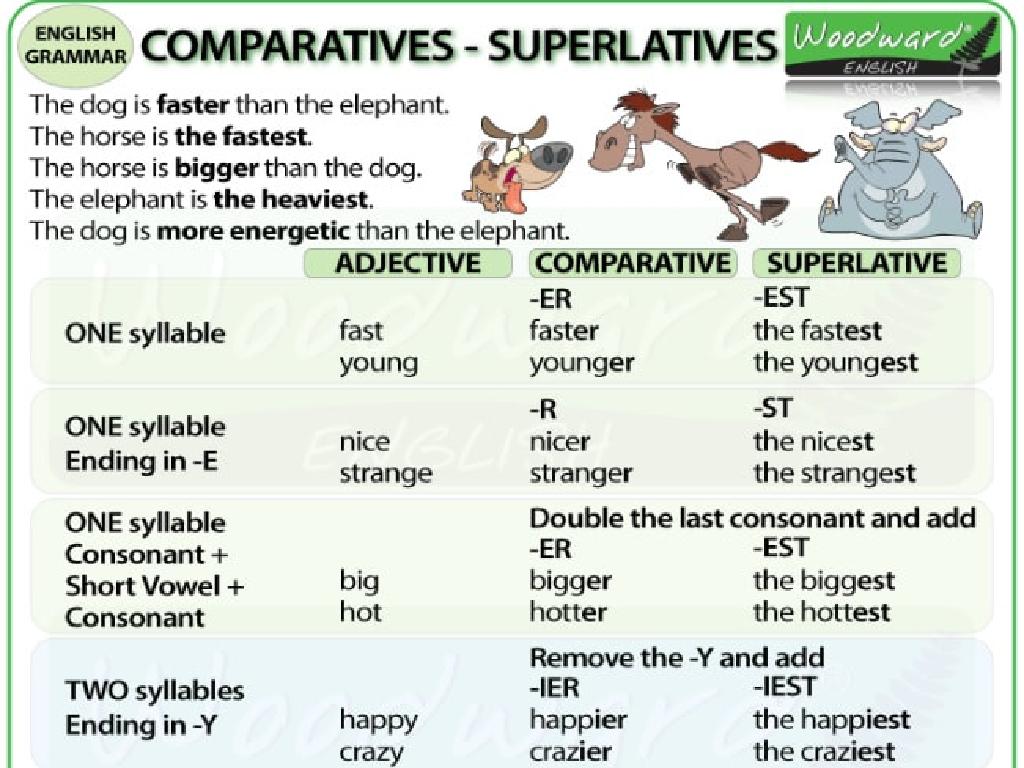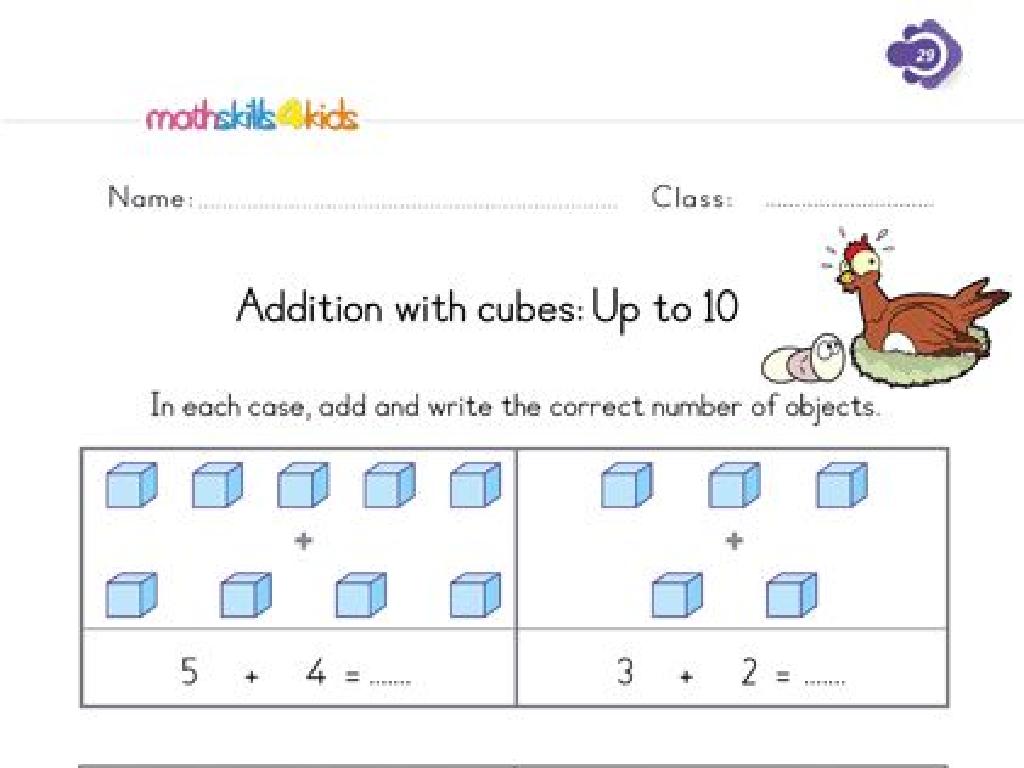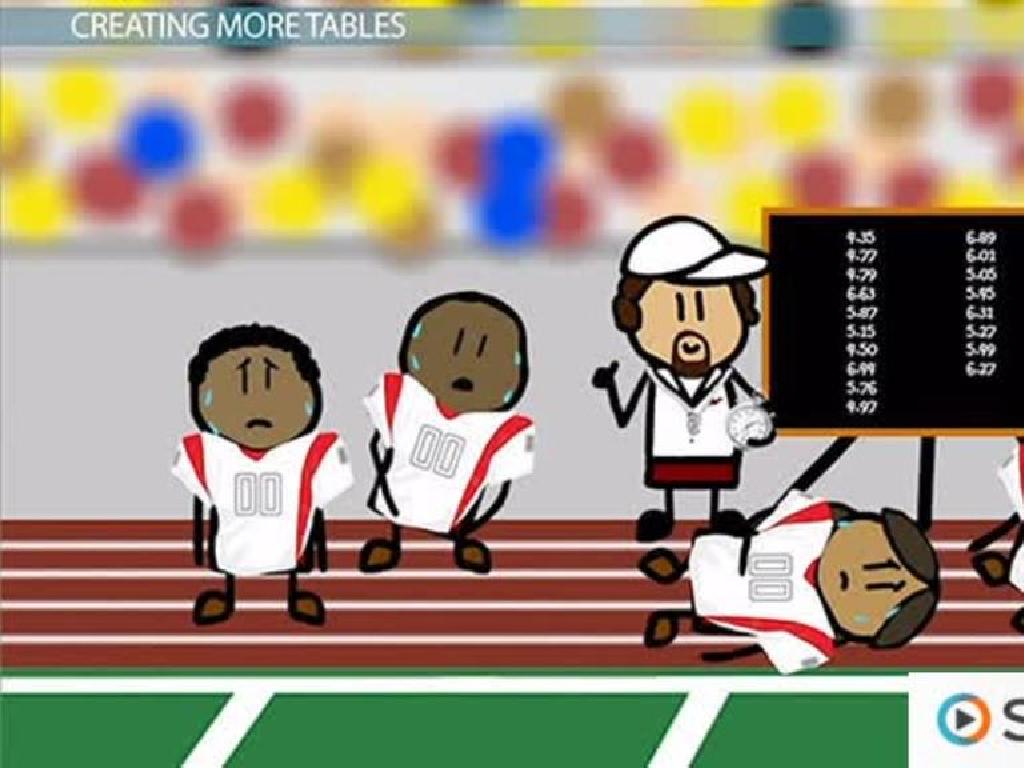The Constitutional Convention
Subject: Social studies
Grade: Eighth grade
Topic: The Early Republic
Please LOG IN to download the presentation. Access is available to registered users only.
View More Content
The Early Republic: The Constitutional Convention
– Explore The Early Republic’s significance
– The period when the US was establishing its government and laws
– Understand The Constitutional Convention
– The 1787 meeting to create the US Constitution
– Discover learning objectives
– We’ll learn about key figures, debates, and outcomes
– Know what to expect by class end
– Expect to grasp the Convention’s impact on US history
|
This slide introduces students to The Early Republic, a pivotal time in American history when the nation’s foundational government and laws were being established. The focus of today’s lesson is The Constitutional Convention, a significant event in 1787 where delegates met to write the Constitution of the United States. By the end of the class, students should be able to identify key figures such as George Washington and James Madison, understand the major debates over state representation and the balance of power, and recognize the lasting outcomes of the Convention. Engage students by asking what they already know about the Constitution and why they think it might have been necessary to hold such a convention.
The Road to the Constitutional Convention
– Review of Articles of Confederation
– First governing document of the US, but limited central power
– Weaknesses of the Articles
– Issues like lack of tax enforcement power
– Call for stronger federal government
– Shays’ Rebellion highlighted the need for a more robust national government
|
Begin with a brief review of the Articles of Confederation to provide historical context, emphasizing that it was the first attempt at a national government but gave limited powers to the central authority. Discuss the specific weaknesses, such as the inability to levy taxes or regulate commerce, which led to economic turmoil and dissatisfaction among states. Highlight key events like Shays’ Rebellion that underscored the Articles’ inadequacies and sparked a nationwide debate on the need for a stronger federal government. This discussion sets the stage for understanding why the Constitutional Convention was necessary and how it aimed to address the issues faced under the Articles of Confederation.
Key Figures of the Constitutional Convention
– Introduce James Madison
– Known as ‘Father of the Constitution’, key architect of the document
– Role of George Washington
– Presided over the convention, lending prestige and unity
– Notable delegates’ contributions
– Delegates like Franklin and Hamilton brought unique perspectives
– Diversity of ideas & backgrounds
– Delegates varied in age, experience, and regional interests
|
This slide aims to familiarize students with the influential personalities at the Constitutional Convention. James Madison played a pivotal role in drafting the Constitution and his extensive notes provide a detailed account of the proceedings. George Washington’s presence as the presiding officer provided a sense of legitimacy and direction. Other delegates, including Benjamin Franklin’s wisdom and Alexander Hamilton’s advocacy for a strong central government, contributed to the rich tapestry of ideas that shaped the Constitution. Emphasize the diversity among the delegates, which ranged from the young and impassioned, like Hamilton, to the elder statesman, Franklin. This variety of backgrounds and ideologies was crucial in the creation of a balanced and enduring document. Encourage students to reflect on how these different viewpoints were necessary for a comprehensive and representative Constitution.
The Great Compromise
– Overview of the Virginia Plan
– Proposed strong central government, representation based on state population
– Overview of the New Jersey Plan
– Suggested equal representation for all states, regardless of size
– Representation issue explained
– Large states wanted more influence, small states wanted equal power
– Resolution by the Great Compromise
– Created a bicameral legislature with both population-based and equal representation
|
The Great Compromise was a pivotal moment in the Constitutional Convention, addressing the contentious issue of state representation in the new government. The Virginia Plan, favored by larger states, called for a strong central government with representation proportional to population. In contrast, the New Jersey Plan, preferred by smaller states, advocated for equal representation for each state. The debate highlighted the divide between states with larger populations seeking greater influence and smaller states fearing dominance by the larger ones. The Great Compromise, also known as the Connecticut Compromise, proposed a bicameral legislature with a House of Representatives based on population (pleasing larger states) and a Senate with equal representation for all states (satisfying smaller states). This compromise was crucial in moving forward with a united Constitution and laid the foundation for the legislative structure of the United States.
The Three-Fifths Compromise
– Issue of slavery and representation
– Debate on whether slaves should count towards population for representation in Congress.
– The Three-Fifths Compromise explained
– Each enslaved person would be counted as three-fifths of a person for taxation and representation.
– Impact on political dynamics
– Affected the balance of power between Northern and Southern states.
– Conflict and compromise in history
– Illustrates the complex nature of finding middle ground in critical national issues.
|
This slide addresses the contentious debate over slavery and representation during the Constitutional Convention. The Three-Fifths Compromise was a pivotal agreement that determined how slaves would be counted for representation and taxation purposes, profoundly influencing the political landscape of the new nation. It serves as an example of how conflict can lead to compromise, albeit imperfect, in the face of deeply divided opinions. The compromise reflects the broader theme of the struggle between maintaining unity and addressing moral and ethical dilemmas. Encourage students to consider the lasting effects of this compromise on American politics and society.
Ratification of the Constitution
– Process of ratification explained
9 out of 13 states needed to consent for the Constitution to take effect.
– Introduction to Federalists vs Anti-Federalists
Federalists supported the Constitution, while Anti-Federalists opposed it.
– The Federalist Papers’ creation
A series of essays written to defend and explain the Constitution.
– Their role in ratification
They were instrumental in persuading the public and states to ratify the Constitution.
|
This slide aims to outline the critical steps and debates surrounding the ratification of the U.S. Constitution. Begin by explaining that ratification required approval from nine of the thirteen states, which was achieved through conventions held in each state. Introduce the two opposing groups: the Federalists, who supported a strong central government and the Constitution, and the Anti-Federalists, who feared centralized power and advocated for a Bill of Rights. Discuss The Federalist Papers, a collection of 85 articles and essays written by Alexander Hamilton, James Madison, and John Jay, which played a pivotal role in shaping public opinion in favor of ratification. Emphasize the importance of these papers in addressing the concerns of Anti-Federalists and ensuring a thorough understanding of the Constitution’s intentions. Encourage students to consider the lasting impact of these debates on American politics and governance.
The Constitution: A Living Document
– Constitution’s evolving nature
– It adapts over time to reflect societal changes.
– Introduction to the Bill of Rights
– First 10 amendments protecting individual liberties.
– Subsequent amendments overview
– 17 additional amendments, addressing issues from voting rights to presidential terms.
– Amendments’ role in growth
– They ensure the Constitution remains relevant and responsive to the needs of the country.
|
This slide aims to convey the dynamic nature of the U.S. Constitution, which is designed to be amended as the country grows and changes. Begin by explaining that the Constitution is not a static document but one that can evolve with society. Introduce the Bill of Rights as the first ten amendments that were added to protect individual freedoms. Discuss the subsequent amendments, highlighting key changes like the abolition of slavery (13th Amendment), women’s suffrage (19th Amendment), and changes to presidential election processes (12th and 22nd Amendments). Emphasize the importance of these amendments in allowing the nation to adapt to new challenges and societal shifts. Encourage students to think about how these changes have shaped the nation’s history and continue to impact their lives today.
Class Activity: Role-Play the Constitutional Convention
– Divide into groups representing states
– Discuss & present state’s stance
– Each group explores their historical figure’s views and prepares arguments
– Engage in mock convention
– Negotiate and reach compromises
– Groups must work together to find common ground on issues like representation
|
This activity is designed to immerse students in the historical context of the Constitutional Convention. By role-playing different states and figures, students will gain a deeper understanding of the complexities and regional differences that influenced the formation of the U.S. Constitution. Teachers should ensure that each group has clear instructions on their role and the key issues at hand, such as state representation, slavery, and federal vs. state powers. Encourage students to use persuasive language and historical facts in their discussions. Possible activities include debating the Virginia Plan vs. the New Jersey Plan, discussing the Three-Fifths Compromise, or arguing for or against the inclusion of a Bill of Rights. The goal is for students to appreciate the art of compromise and the challenges faced by the framers of the Constitution.
Reflection on the Constitutional Convention
– Reflect on role-play learnings
– Discuss compromises’ impact today
– How do Great Compromise & 3/5 Compromise influence modern politics and policies?
– Engage in Q&A session
– Encourage critical thinking
– Ask thought-provoking questions to stimulate analysis
|
This slide aims to consolidate the students’ understanding of the Constitutional Convention through reflection and discussion. Begin by asking students to share their insights from the role-play activity, focusing on the perspectives they represented and the challenges faced. Move on to a guided discussion on how the compromises made during the convention, such as the Great Compromise and the Three-Fifths Compromise, continue to shape our government structure and policies. Use the Q&A session to address any uncertainties and to delve deeper into the subject matter. Encourage students to think critically about the historical context and its relevance to current events. Provide examples of how these compromises might be seen in today’s political debates or in the distribution of power between states.
Homework: Key Figures of the Constitutional Convention
– Research a convention key figure
– Explore their background and views
– Consider their early life, career, and role in the convention
– Analyze their contributions to the Constitution
– How did their ideas influence the Constitution?
– Essay due date and criteria
– Check due date, follow essay guidelines, and cite sources
|
This assignment aims to deepen students’ understanding of the Constitutional Convention by focusing on the individuals who played pivotal roles in shaping the United States Constitution. Students should select one key figure, such as James Madison, George Washington, or Benjamin Franklin, and conduct thorough research on their background, political views, and specific contributions to the constitutional framework. The essay should provide a nuanced portrait of the chosen figure and offer insight into how their personal history and beliefs influenced the creation of the nation’s governing document. Ensure students are aware of the due date and understand the criteria for the essay, including length, formatting, and the necessity of citing credible historical sources. This will also help them develop their research and writing skills.






